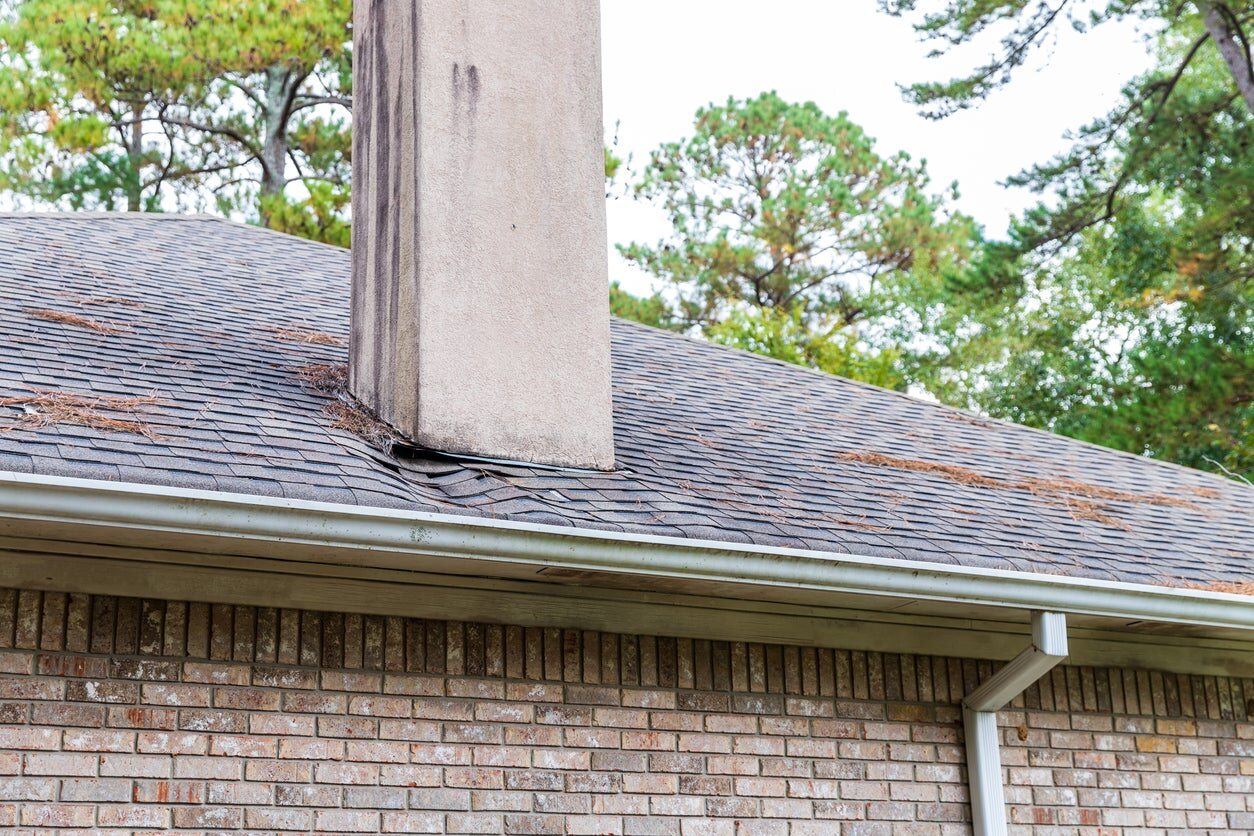

Articles
Chimney Leaking Water When It Rains
Modified: February 24, 2024
Get expert articles on how to fix a chimney leaking water when it rains. Find step-by-step guides and tips for repairing chimney leaks.
(Many of the links in this article redirect to a specific reviewed product. Your purchase of these products through affiliate links helps to generate commission for Storables.com, at no extra cost. Learn more)
Introduction
A chimney is an essential component of any home that utilizes a fireplace or a heating system that requires venting. It serves the purpose of expelling smoke, gases, and other byproducts of combustion out of the house. However, one common problem homeowners face is a leaking chimney. If your chimney is leaking water when it rains, it can cause serious damage to your home and even compromise its structural integrity.
In this article, we will explore the common causes of chimney leaks, the signs to look out for, and steps to fix the issue. Whether you are a homeowner or a seasoned DIY enthusiast, this guide will provide you with valuable insights on how to tackle this problem.
Key Takeaways:
- Addressing chimney leaks promptly and effectively is crucial to prevent further damage to your home. Understanding the common causes and signs of chimney leaks empowers homeowners to take proactive measures in maintaining the integrity of their chimneys.
- While DIY solutions can be effective for minor chimney repairs, it’s important to recognize when professional intervention is necessary. Calling a professional chimney technician ensures safety, expertise, and long-lasting solutions for complex chimney leak issues.
Read more: Chimney Smells When It Rains
Common Causes of Chimney Leaks
A leaking chimney can be caused by various factors, and identifying the root cause is crucial in determining the appropriate solution. Here are some common causes of chimney leaks:
- Cracked Chimney Crown: The chimney crown is the top surface of the chimney that acts as a protective layer against water. Over time, due to exposure to harsh weather conditions, the crown can develop cracks or deteriorate, allowing water to seep into the chimney.
- Cracked Chimney Flue: The flue is the inner lining of the chimney that carries combustion byproducts and smoke out of the house. If the flue is cracked or damaged, water can enter the chimney through these openings.
- Missing or Damaged Chimney Cap: The chimney cap is a metal or masonry cover that sits on top of the chimney and prevents rainwater, debris, and animals from entering. If the cap is missing, damaged, or improperly installed, water can easily find its way into the chimney.
- Defective Flashing: Flashing refers to the metal strips installed around the base of the chimney to create a watertight seal between the chimney and the roof. If the flashing is improperly installed or deteriorated, water can penetrate through the gaps and cause leaks.
- Masonry Absorption: Over time, the masonry materials used to construct the chimney, such as bricks or mortar, can deteriorate and become porous. This allows water to be absorbed into the chimney structure, leading to leaks.
It’s important to note that multiple causes can contribute to a leaking chimney, so a thorough inspection is necessary to identify all potential issues. By understanding the common causes, you can take the appropriate steps to address them and prevent further damage to your chimney and home.
Signs of a Leaking Chimney
Identifying the signs of a leaking chimney is crucial to address the issue promptly and prevent further damage. Here are some common signs to look out for:
- Water Stains: Notice any water stains on the walls or ceilings near the fireplace or chimney area. These stains may appear as discoloration or peeling paint and indicate that water is entering the chimney.
- Musty Odor: If you detect a musty or damp smell coming from your fireplace or chimney, it could be a sign of excess moisture and a leaking chimney.
- Efflorescence: Efflorescence refers to the white, powdery substance that appears on the surface of masonry. It is caused by water migrating through the chimney and leaving behind mineral deposits. If you notice efflorescence on your chimney, it indicates water intrusion.
- Dripping Sounds: During or after heavy rain, listen for any dripping sounds coming from inside the chimney. This suggests that water is entering the flue and making its way down.
- Cracks in Masonry: Inspect the exterior of your chimney for any visible cracks or gaps in the masonry. These can serve as entry points for water and may contribute to chimney leaks.
- Deteriorated Chimney Crown: If you notice a cracked or deteriorated chimney crown, it is likely allowing water to penetrate the chimney structure. Assess the condition of the crown to determine if repairs or replacement are needed.
- Visible Water in Firebox: After rain, check the firebox for any standing water or dampness. This is a clear indication that water is entering the chimney and should be addressed promptly.
If you observe any of these signs, it’s important to take action to fix the leaking chimney as soon as possible. Ignoring the issue can lead to more extensive damage and costly repairs in the future.
How Rainwater Enters the Chimney
Understanding how rainwater enters the chimney is essential in diagnosing and fixing chimney leaks. Here are some common pathways that allow rainwater to infiltrate the chimney:
- Cracks in the Chimney Crown: The chimney crown, located at the top of the chimney, can develop cracks or deteriorate over time. These cracks provide an entry point for rainwater, allowing it to seep into the chimney.
- Damaged Flashing: Flashing is installed around the base of the chimney to create a watertight seal between the chimney and the roof. If the flashing is damaged, improperly installed, or has deteriorated over time, rainwater can enter through the gaps and make its way down the chimney.
- Missing or Damaged Chimney Cap: A chimney cap serves as a protective cover on top of the chimney. Its primary function is to keep out rain, debris, and animals. If the chimney cap is missing or damaged, rainwater can easily flow down the flue and into the chimney.
- Cracked Chimney Masonry: Over time, the masonry used to construct the chimney, such as bricks or mortar, can develop cracks or become porous. Rainwater can then penetrate these openings and enter the chimney structure.
- Improperly Installed or Damaged Chimney Liner: The chimney liner is an essential component that protects the chimney walls from the corrosive byproducts of combustion. If the liner is damaged or improperly installed, rainwater can enter the chimney through these gaps.
- Condensation: In some cases, the presence of excessive moisture in the chimney can be attributed to condensation rather than direct rainwater entry. Poor insulation or ventilation within the chimney can cause moisture buildup and result in a leaking chimney.
It’s important to note that multiple factors can contribute to rainwater entering the chimney. Therefore, a comprehensive inspection is necessary to identify all potential sources of leakage.
By understanding how rainwater enters the chimney, you can effectively address the issue and implement the appropriate solutions to prevent further leaks.
Check for cracks or gaps in the chimney flashing and seal them with waterproof caulk. Ensure the chimney cap is in good condition to prevent water from entering.
Steps to Fix a Leaking Chimney
Fixing a leaking chimney requires a systematic approach to identify and address the underlying issues. Here are the steps to follow to fix a leaking chimney:
- Inspect the Chimney: Begin by thoroughly inspecting the chimney both from the exterior and interior. Look for any visible signs of damage such as cracked masonry, damaged flashing, or a deteriorated chimney crown.
- Identify the Source of the Leak: Carefully examine the chimney to determine the exact source of the leakage. This may involve testing with water or using smoke to trace the path of water entry.
- Repair or Replace the Chimney Crown: If the chimney crown is damaged or cracked, it may need to be repaired or replaced. Use a suitable waterproof sealant or consider hiring a professional chimney technician to ensure a proper and long-lasting fix.
- Repair the Flashing: If the flashing around the chimney is damaged or improperly installed, it should be repaired or replaced. Use a quality waterproof flashing material and ensure it is properly sealed to prevent water from entering.
- Install or Replace the Chimney Cap: If the chimney cap is missing or damaged, install a new one to prevent water, debris, and animals from entering the chimney. Ensure it is securely fastened and provides adequate protection.
- Seal Cracks and Gaps: If there are visible cracks or gaps in the chimney masonry, use a suitable masonry sealant to fill them. This will help prevent water from infiltrating the chimney structure.
- Consider Waterproofing: Applying a waterproofing sealant to the exterior masonry of the chimney can provide an additional layer of protection against water penetration. Consult with a professional to ensure the correct product is used and applied properly.
- Repair or Replace the Chimney Liner: If the chimney liner is damaged or improperly installed, it may need to be repaired or replaced. This is typically a job for a professional chimney technician as it requires specialized knowledge and equipment.
- Address Proper Insulation and Ventilation: Ensure that the chimney is properly insulated and ventilated to prevent condensation buildup and excess moisture. This may involve adding insulation or improving airflow within the chimney system.
It’s important to note that while some repairs can be done as DIY projects with the right knowledge and tools, it is highly recommended to consult with a professional chimney technician for complex repairs or if you are unsure about the extent of the damage.
By following these steps and addressing the specific issues causing the chimney leak, you can effectively fix the problem and protect your home from further damage.
DIY Solutions for Chimney Leaks
If you’re a DIY enthusiast and feel confident in tackling chimney leaks, here are some DIY solutions you can consider:
- Chimney Crown Repair: If the chimney crown is cracked or damaged, you can attempt to repair it yourself using a suitable chimney crown repair product. Follow the manufacturer’s instructions carefully and ensure that the repaired crown provides a waterproof barrier.
- Flashing Repair: If the flashing around the chimney is damaged or improperly installed, you can try to repair it yourself. Remove the damaged flashing and replace it with a new piece, ensuring it is securely fastened and properly sealed to prevent water penetration.
- Chimney Cap Replacement: If the chimney cap is missing or damaged, you can replace it yourself with a new chimney cap that fits properly. Ensure it is securely installed to prevent water, debris, and animals from entering the chimney.
- Sealing Masonry Cracks: If you notice cracks or gaps in the chimney masonry, you can attempt to seal them using a suitable masonry sealant. Clean the area thoroughly and follow the manufacturer’s instructions for applying the sealant to ensure a proper and effective seal.
- Waterproofing Treatment: You can apply a waterproofing treatment to the exterior masonry of the chimney using a quality waterproofing product. Ensure the chimney is clean and dry before applying the treatment, and follow the manufacturer’s instructions for the application process.
- Insulation and Ventilation Improvement: Evaluate the insulation and ventilation within the chimney system and make any necessary improvements. This may involve adding insulation or improving airflow to prevent condensation and excess moisture buildup.
While DIY solutions can be cost-effective and rewarding, it’s important to note that chimney repairs can be challenging and potentially dangerous. If you’re uncertain about the extent of the damage or lack the necessary skills and tools, it’s best to consult with a professional chimney technician. They have the expertise and experience to handle complex repairs and ensure the safety and proper functioning of your chimney.
Remember to prioritize safety when working on your chimney, wear appropriate protective gear, and follow all safety guidelines and local building codes. If at any point you feel unsure or overwhelmed, it’s best to seek professional help.
Implementing these DIY solutions can help address chimney leaks and protect your home from further water damage.
When to Call a Professional
While some chimney leak issues can be tackled through DIY solutions, there are certain situations where it’s best to call a professional chimney technician. Here are some instances when you should consider seeking professional help:
- Complex Repairs: If your chimney leak involves extensive damage to the chimney structure or intricate repairs such as chimney relining or rebuilding, it’s best to leave it to the expertise of a professional. They have the knowledge, experience, and specialized equipment to handle complex repairs safely and effectively.
- Safety Concerns: If you’re unsure about the safety aspects of working on your chimney, such as working at heights, dealing with electrical or gas connections, or handling roofing materials, it’s important to call in a professional. They are trained to handle these safety concerns and can minimize any potential risks.
- Persistent or Severe Leaks: If you’ve attempted DIY solutions and the chimney leak persists or worsens, it’s a clear sign that professional intervention is needed. They can perform a thorough inspection, accurately diagnose the root cause, and provide an appropriate and long-lasting solution.
- Lack of Skills or Experience: If you lack the necessary skills, experience, or tools to properly address chimney leaks, it’s best to call a professional. Chimney technicians are trained in chimney repair and have the expertise to handle different types of leaks, ensuring the job is done correctly.
- New Installation or Replacement: If you’re planning to install a new chimney or replace an existing one, it’s essential to consult with a professional. They can guide you through the process, ensure that all proper permits and codes are followed, and perform the installation or replacement according to industry standards.
- Maintenance and Regular Inspections: Even if you don’t currently have a chimney leak, it’s advisable to schedule regular maintenance and inspections by a professional chimney technician. They can identify any potential issues early on and perform preventive measures to avoid future leaks.
Calling a professional chimney technician in these situations will not only ensure the safety and longevity of your chimney but also provide you with peace of mind and save you from costly repairs down the line.
Remember, chimney repair and maintenance require specialized knowledge and expertise. It’s always better to rely on professionals when faced with complex chimney leak issues or when you’re unsure about handling the repairs on your own.
Conclusion
A leaking chimney can be a frustrating and potentially damaging problem for homeowners. Understanding the common causes of chimney leaks, recognizing the signs, and knowing how to address the issue is essential for maintaining the integrity of your chimney and protecting your home.
In this article, we explored the common causes of chimney leaks, including cracked chimney crowns, damaged flashing, missing chimney caps, and deteriorated masonry. We also discussed the signs of a leaking chimney, such as water stains, musty odors, and visible water in the firebox.
When it comes to fixing a leaking chimney, proper steps are necessary. DIY solutions can be effective for some minor repairs, including chimney crown repair, flashing repair, or sealing masonry cracks. However, for complex repairs, safety concerns, or persistent leaks, it’s advisable to call a professional chimney technician.
Regular maintenance, including inspections and preventive measures, is key to preventing chimney leaks. It’s important to address any issues as soon as they arise to avoid further damage and costly repairs in the future.
Remember, safety should always be a priority when working on or around your chimney. If at any point you feel uncertain or overwhelmed, don’t hesitate to consult with a professional. They have the expertise, experience, and knowledge to handle chimney repairs and ensure the safety and efficient functioning of your chimney.
By taking the necessary steps to address chimney leaks promptly and effectively, you can enjoy a well-functioning and leak-free chimney, providing warmth and comfort to your home for years to come.
Frequently Asked Questions about Chimney Leaking Water When It Rains
Was this page helpful?
At Storables.com, we guarantee accurate and reliable information. Our content, validated by Expert Board Contributors, is crafted following stringent Editorial Policies. We're committed to providing you with well-researched, expert-backed insights for all your informational needs.
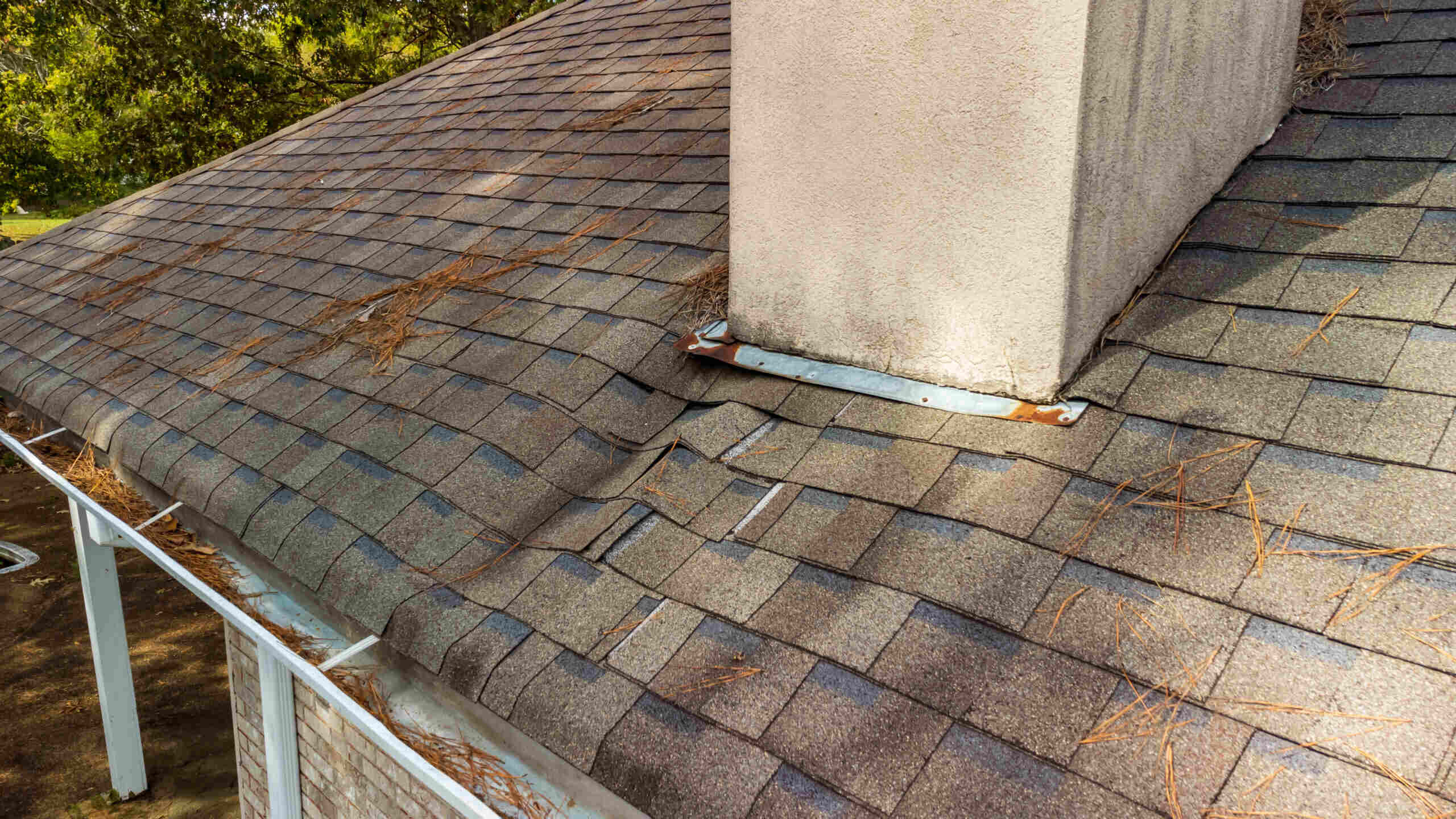
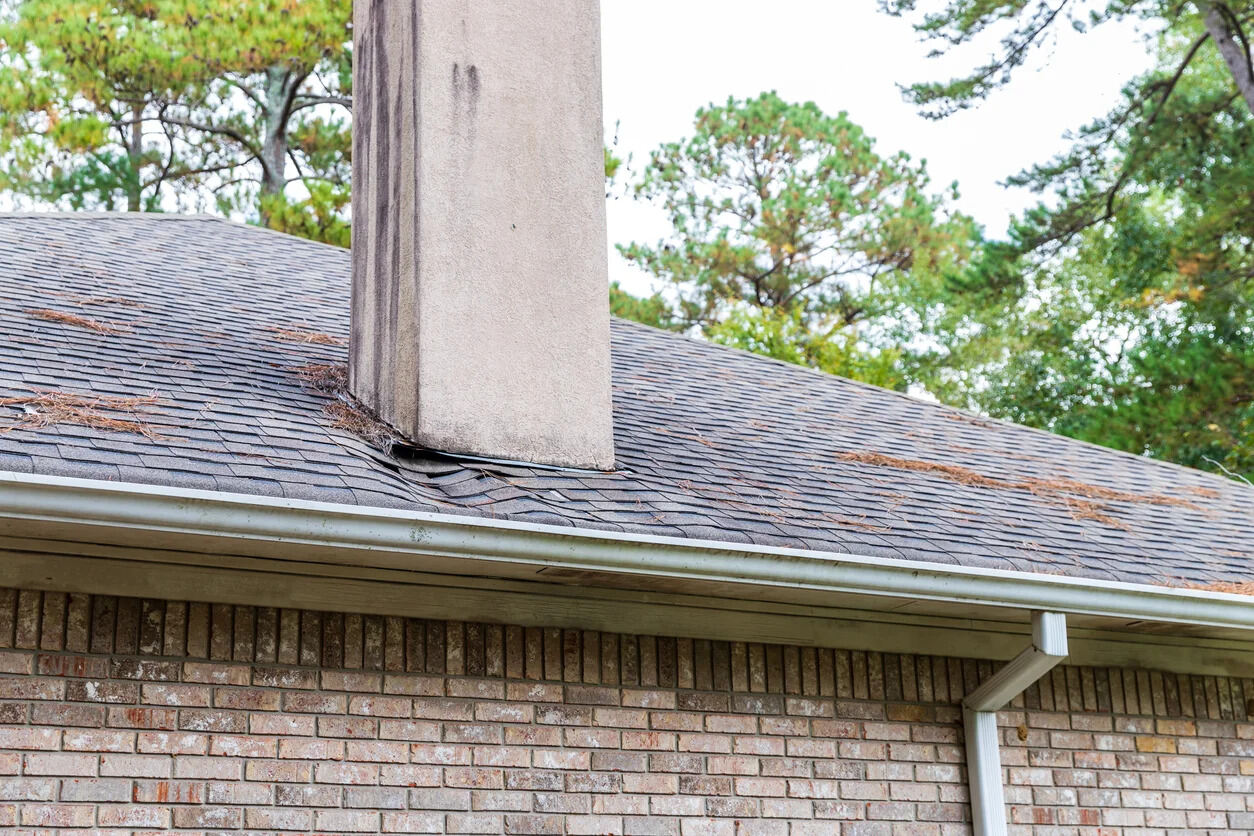
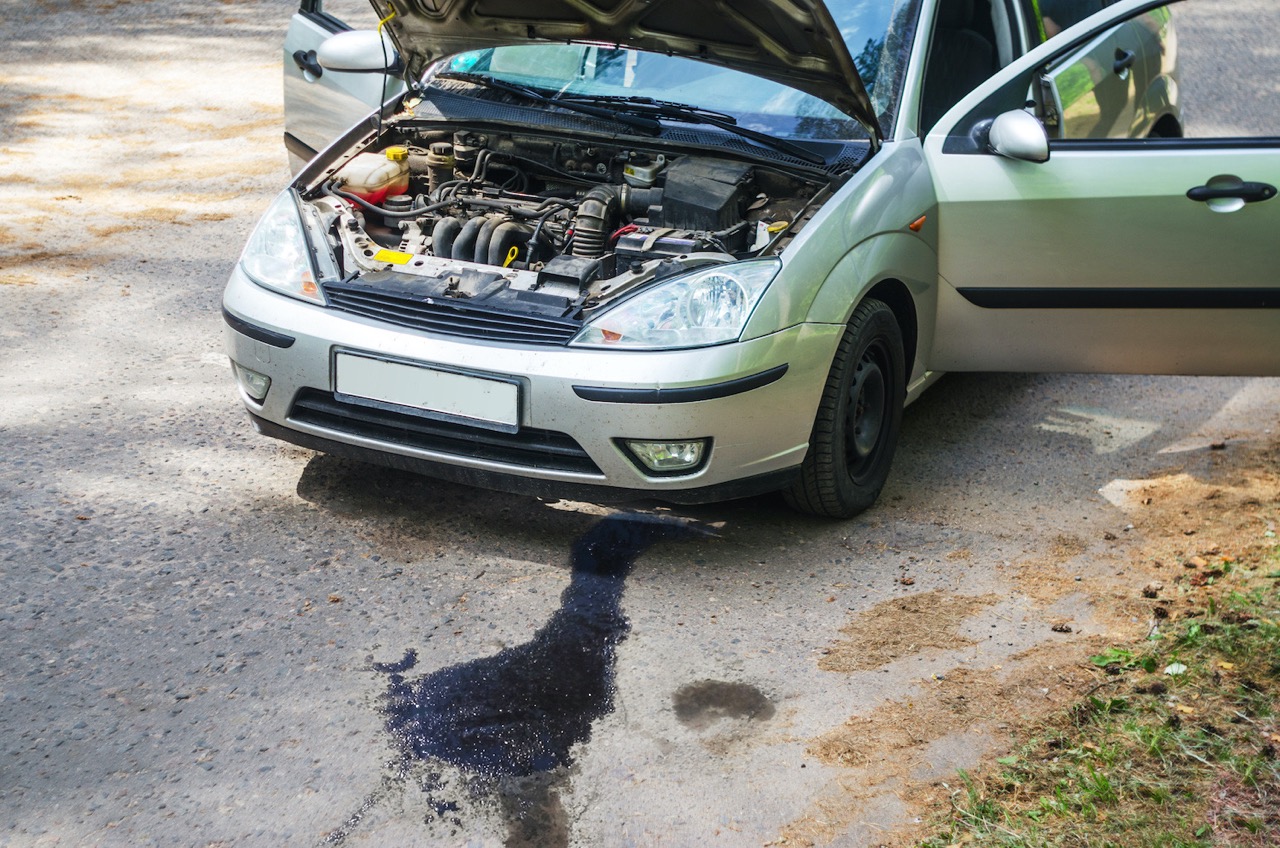
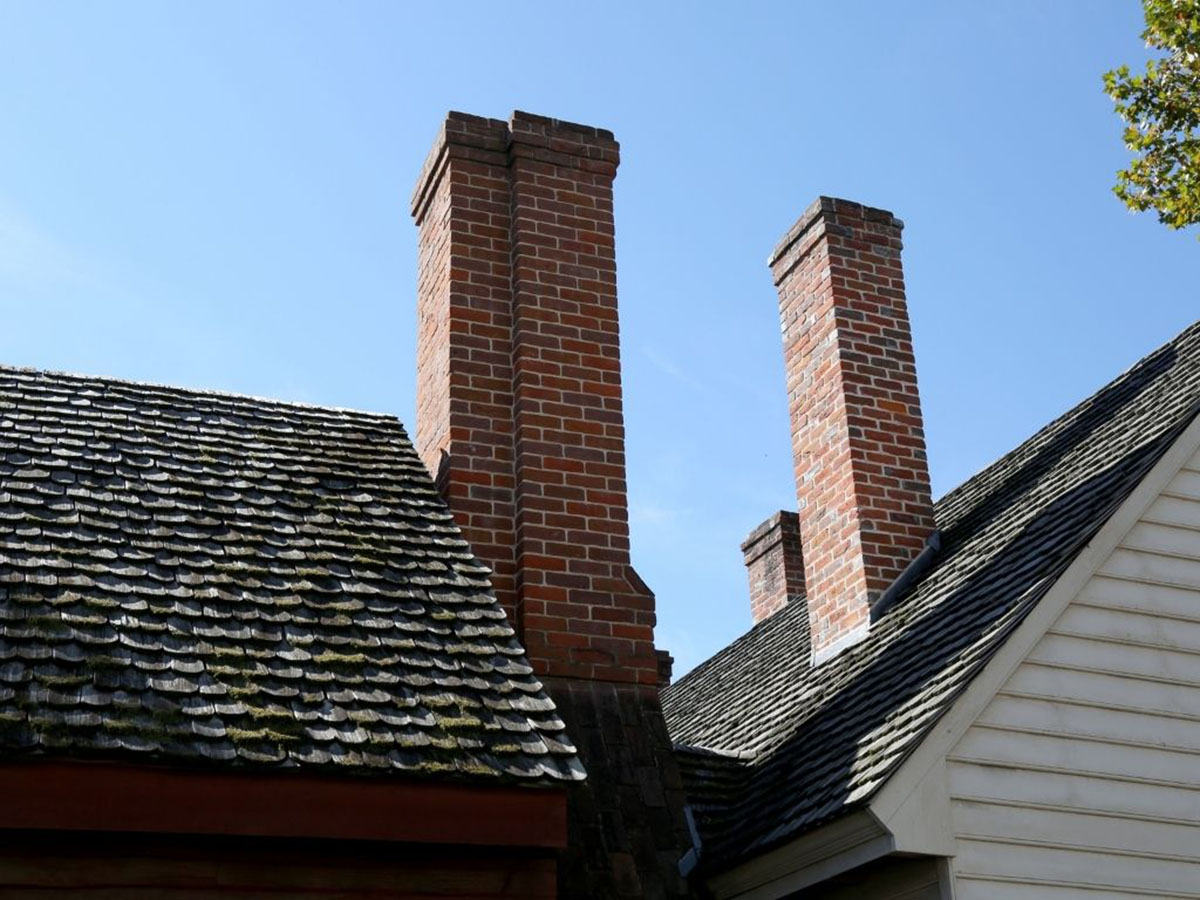
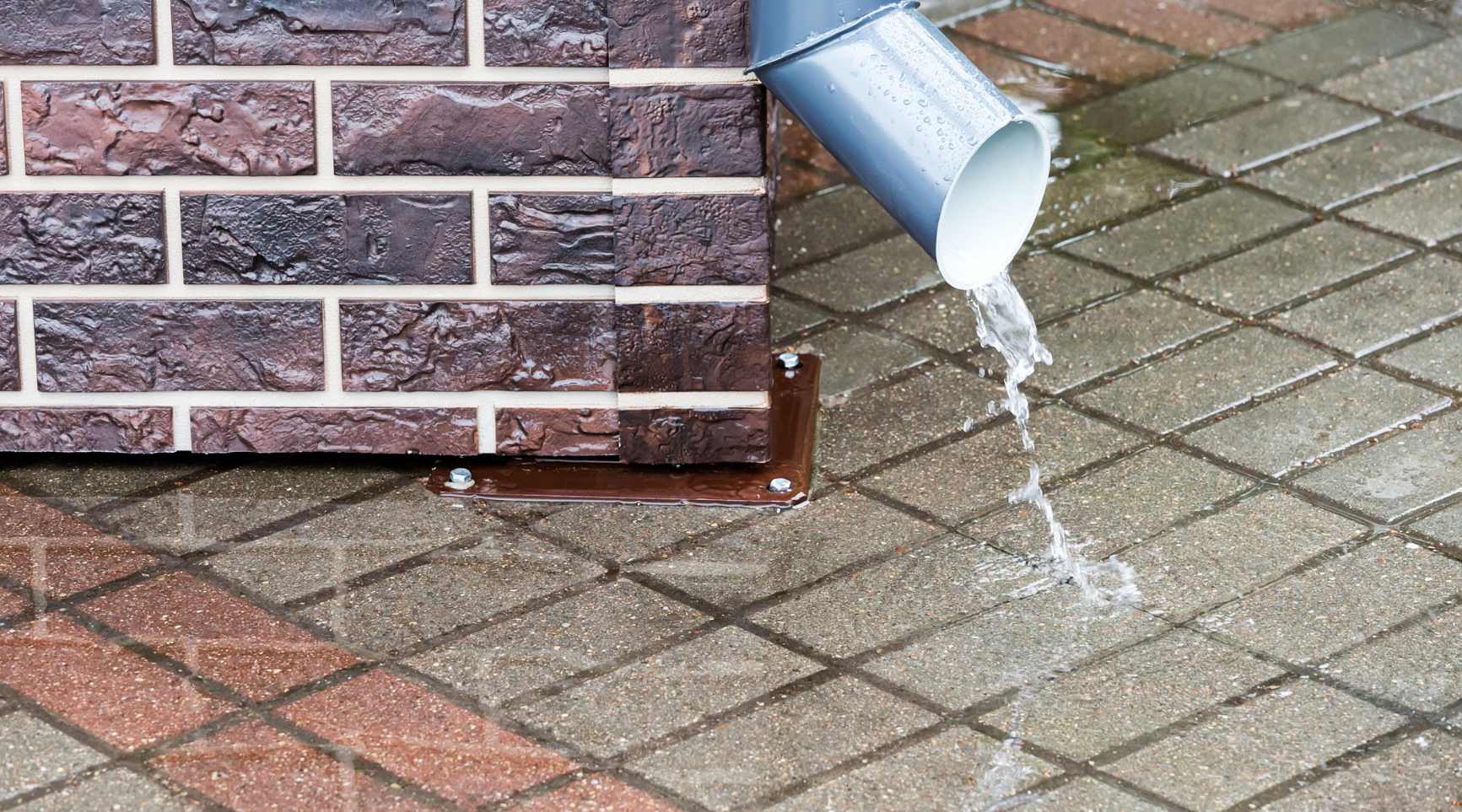

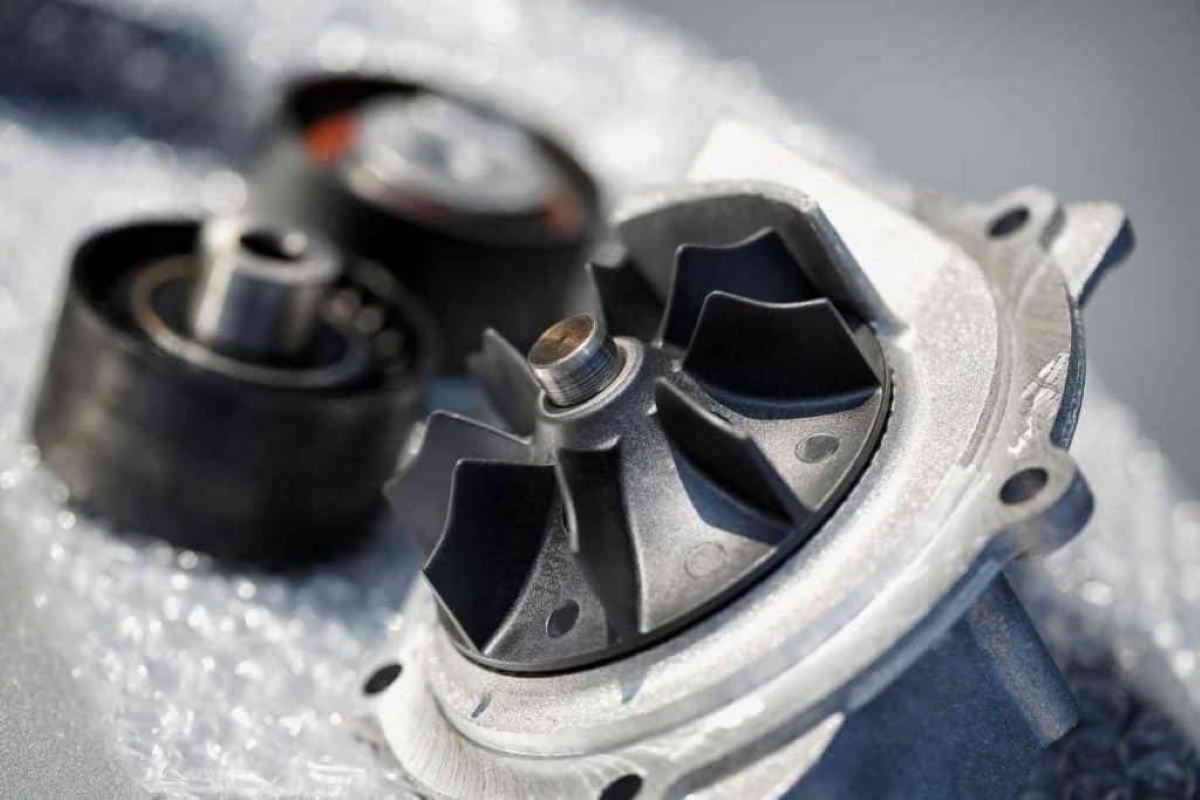
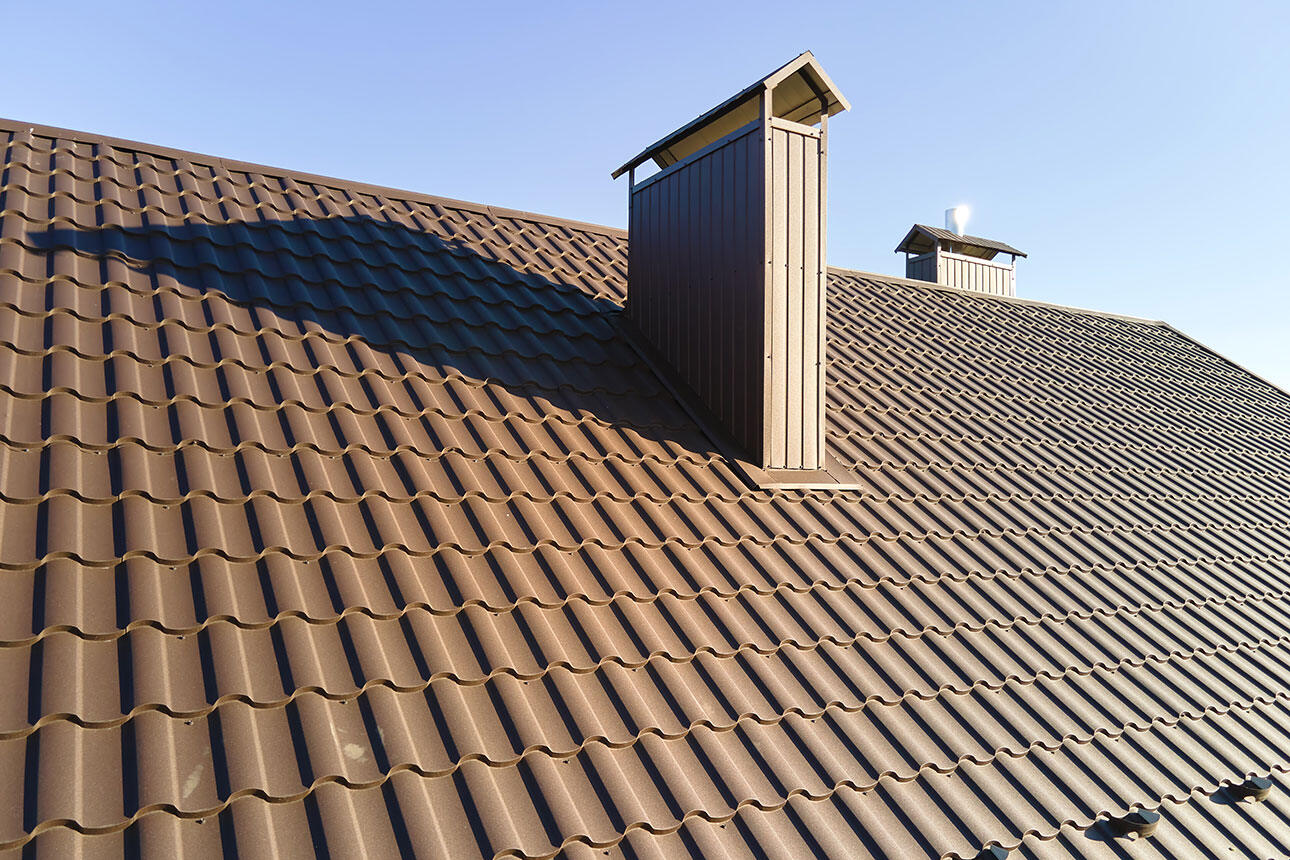
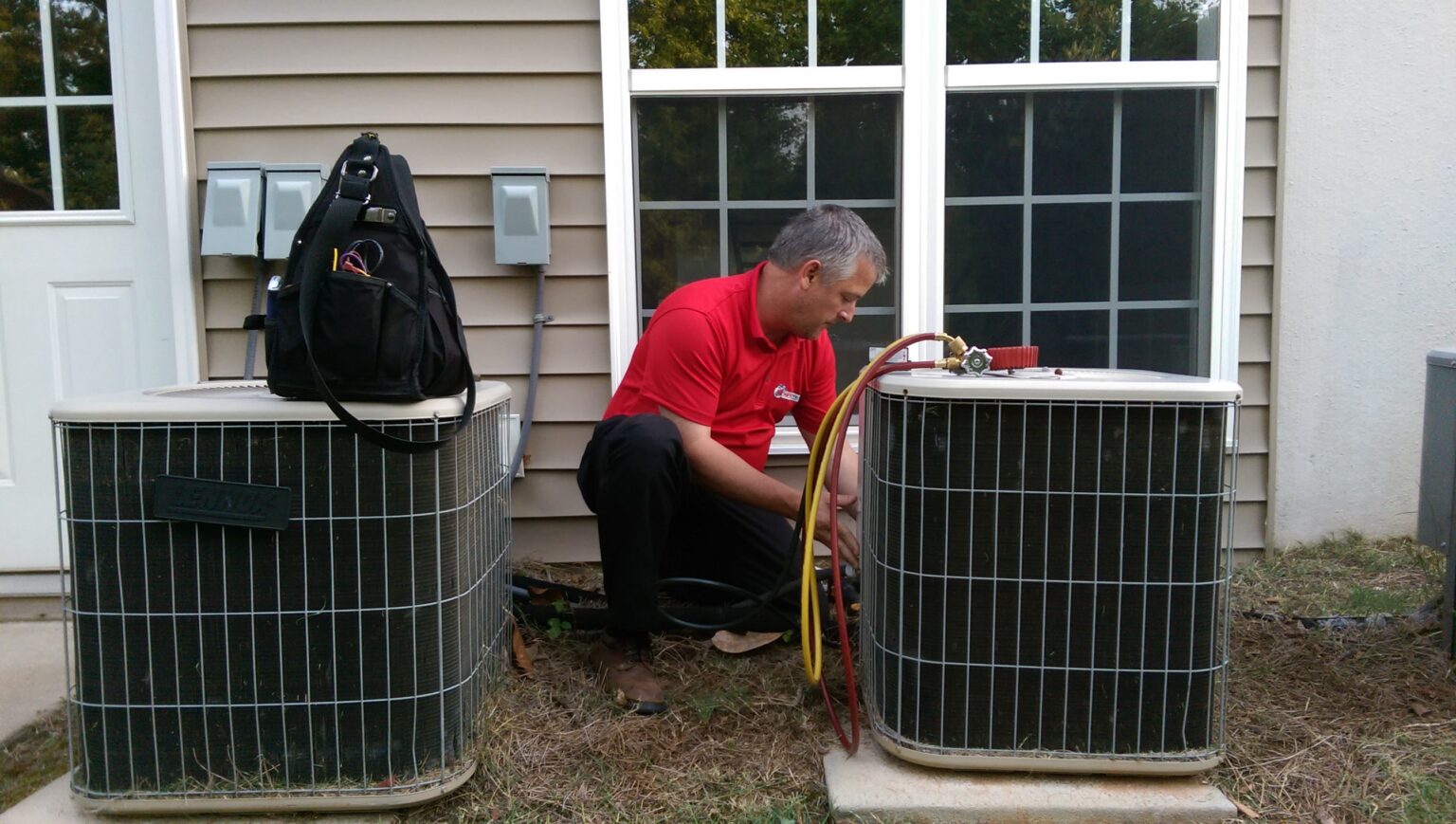
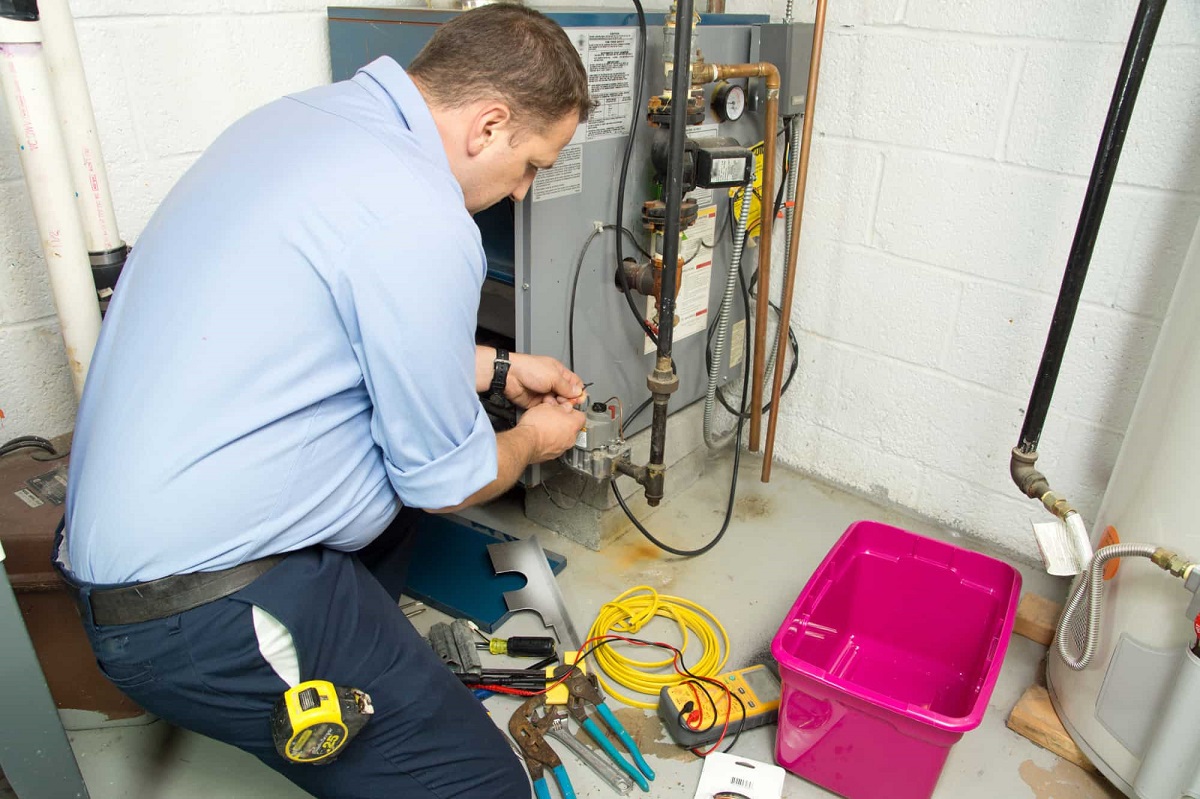
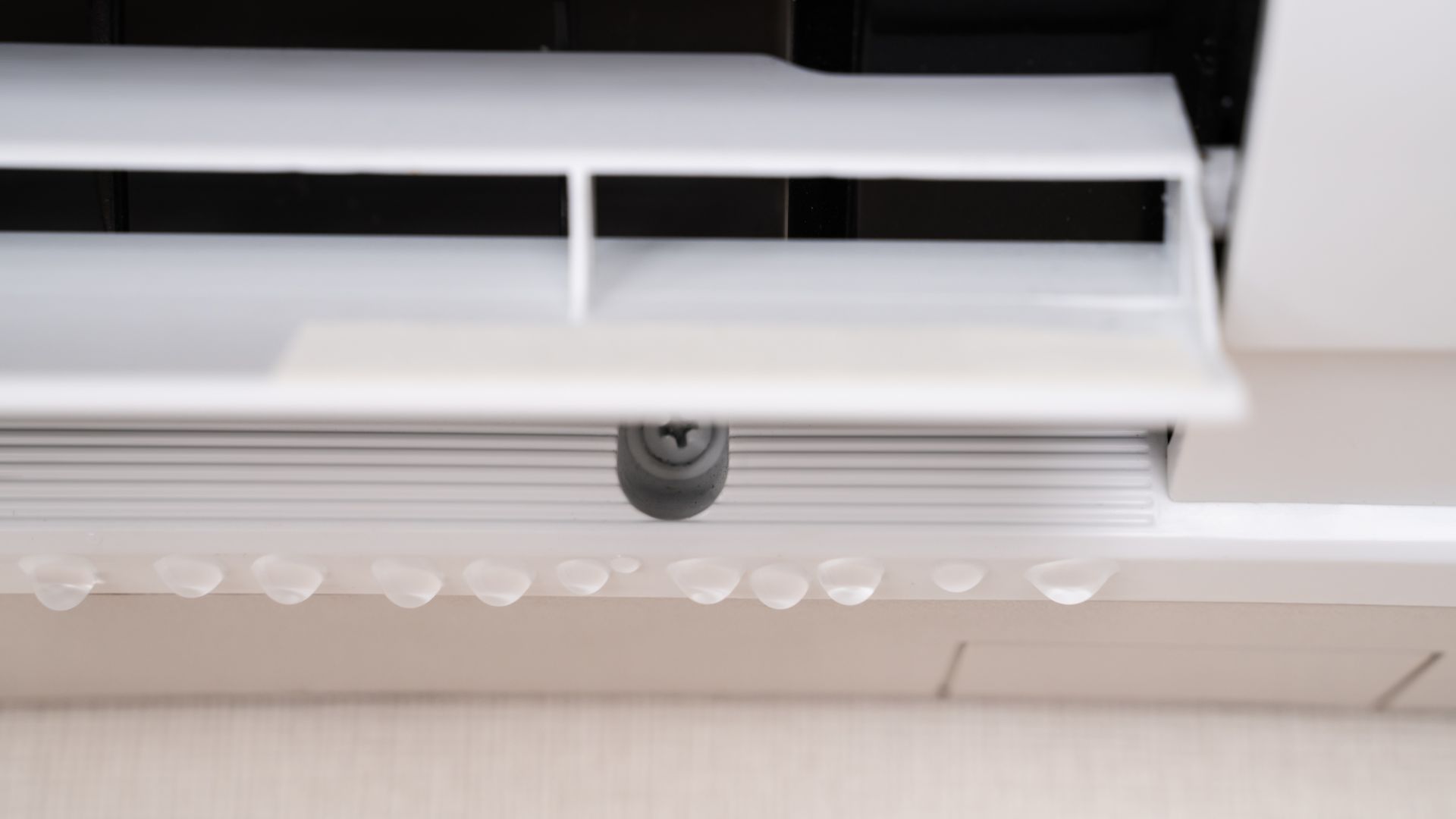
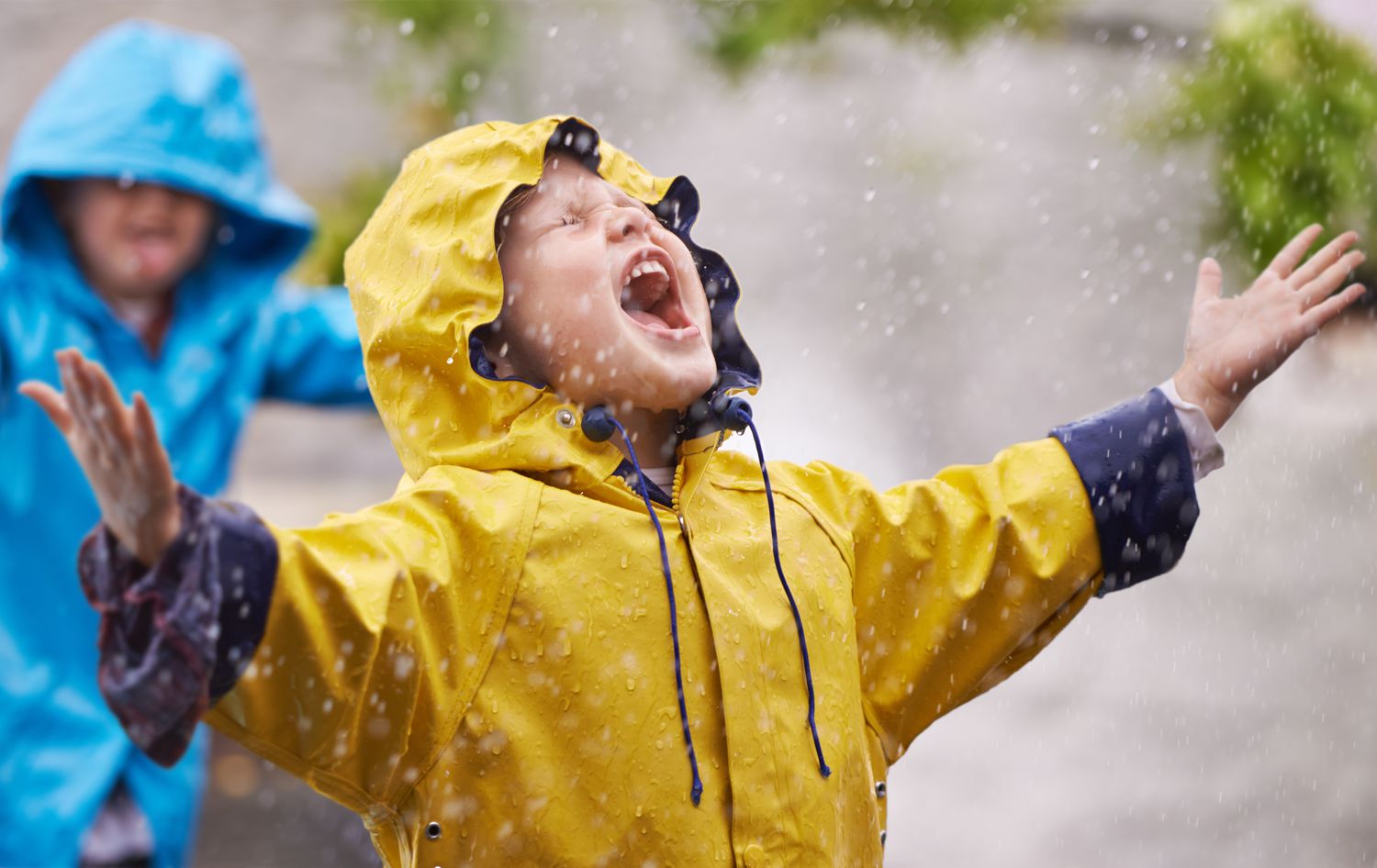
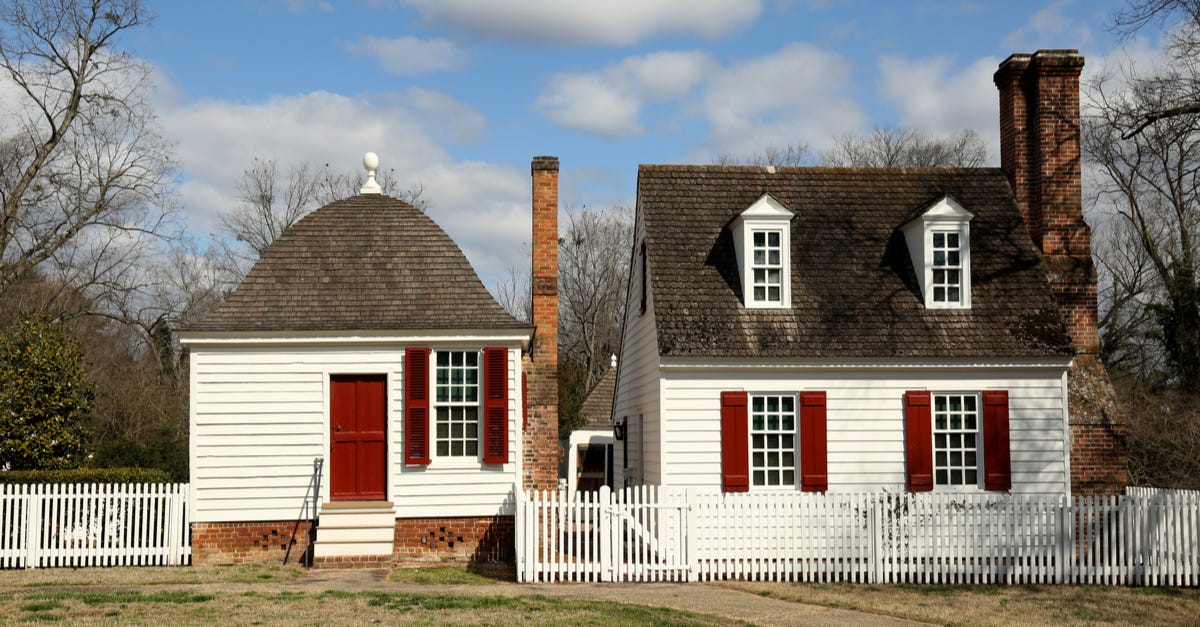
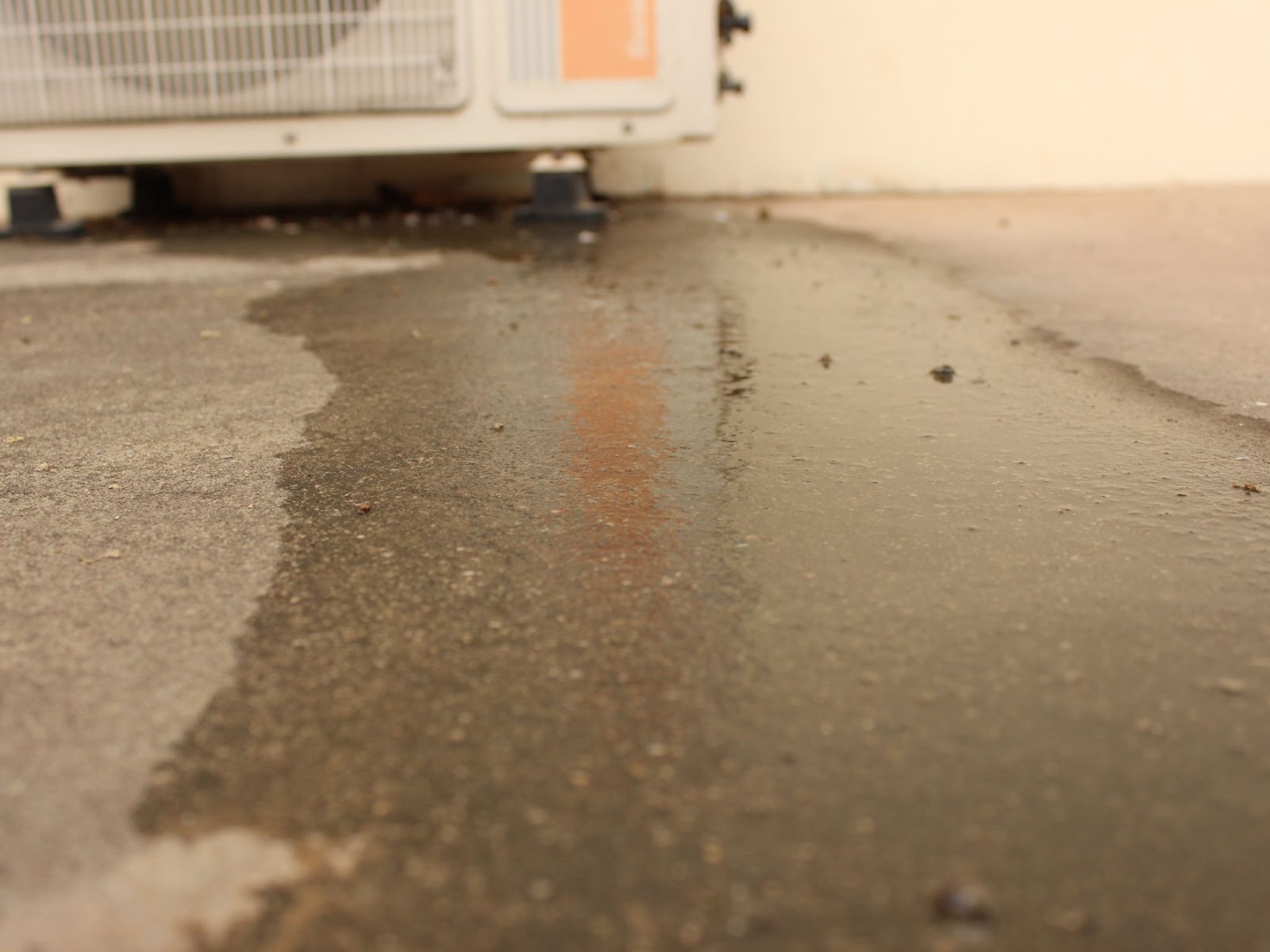

0 thoughts on “Chimney Leaking Water When It Rains”